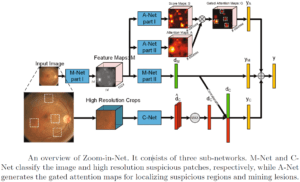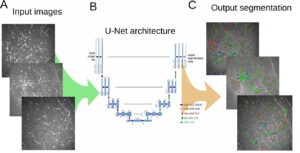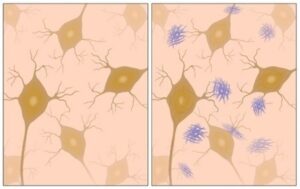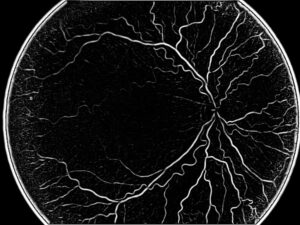What are OCT Scans?
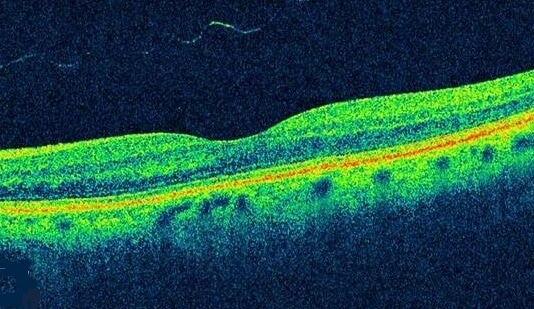
The mechanisms of OCT are similar to that of ultrasound, only instead of sound waves OCT uses the reflection of light. The resolution obtained by OCT is 1-2 orders of magnitude higher than ultrasound, and has been demonstrated to work on both transparent and non-transparent tissue with high reflection. In OCT many one-dimensional scans (a-scans) are performed at several depths to create a two-dimensional image (b-scan). Those b-scans, if acquired closely and rapidly, can be translated into a volumetric image (c-scan) of a retina, for example.
There are three main advantages of OCT over older methods: scan speed, that it is non-invasive, and three-dimensional data generation. With OCT each volumetric scan can take up to 6 seconds in comparison to 10-30 minutes for methods like fluorescein tomography, which produces only two-dimensional images.
However, despite of the speed of OCT, patient motion and blinking might introduce artifacts into imaging, and one must correct for them in order to enjoy the benefits of OCT. Poor fixation of patients’ eyes produces artifacts in measurements, which is common due to the high frequency of macular disease occurrence in elderly patients. Typically, patient blinking during OCT scanning produces black lines across the image, and deterioration of signal is the result of patient motion. One then has to compensate for patient motion during acquisition by stabilizing the ophthalmic system using eye tracking procedures. RSIP Vision has developed software for eye tracking and stabilization.
The introduction of spectral domain OCT has significantly shortened acquisition time, and has allowed near video rate imaging. This has benefits for real-time eye tracking and calibration of the OCT machine, and several OCT machine vendors have incorporated calibration algorithms in their machines based on tracking. Some examples for common machines are Spectralis, RTVue, and tracking OCT, all systems we at RSIP Vision have worked with.

 Ophthalmology
Ophthalmology
